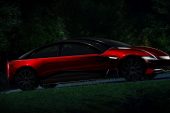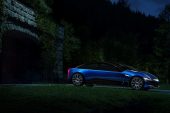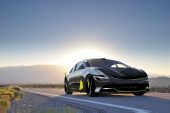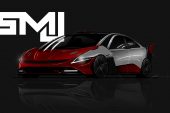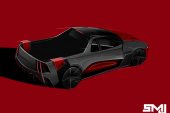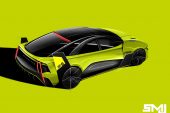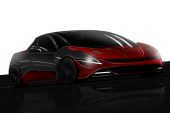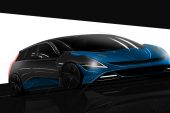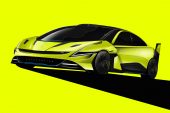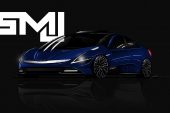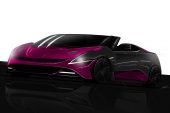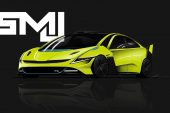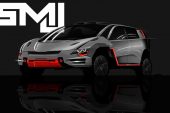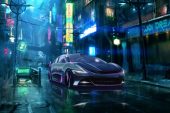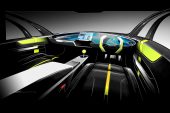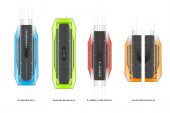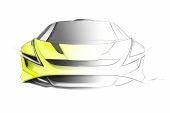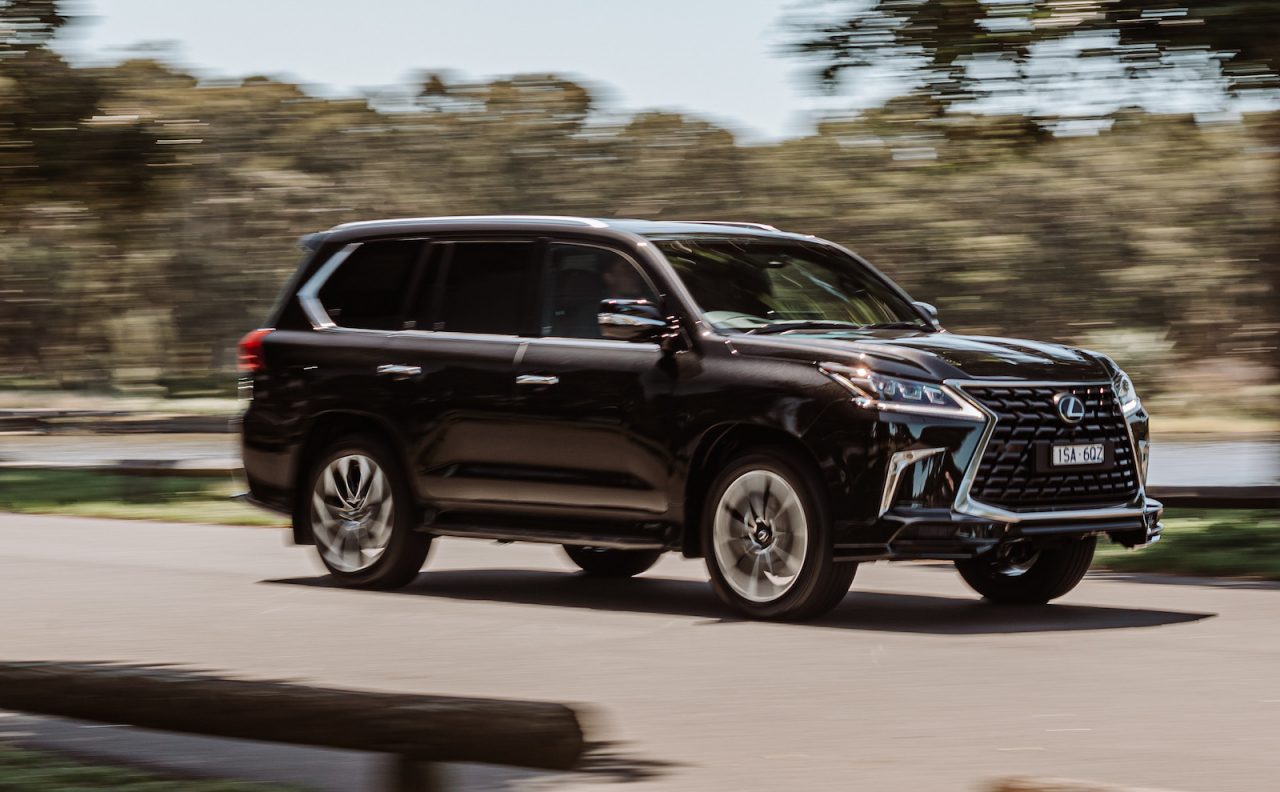There are many who believe Australia needs to come thundering back on all cylinders. The loss of our car manufacturing sector has left people scratching their heads, considering it thrived for decades and amassed a cult following.

Countries as diverse as Vietnam, Ghana and Turkey are ramping up their auto-manufacturing efforts – Australia is a curious outlier as a developed country shutting down its car-making sector. We are missing out.
The purpose of this exercise is to start a national discussion about the idea of a new Australian car platform. There are a few companies already trying to make this happen. All of these efforts so far are great, and some have even started to bear fruit. But none, it’s fair to say, aim to capture the passion and build on the history of the Australian-made car culture.
If someone is going to have a crack, it needs to be competitive on the world stage, unencumbered by the decisions of a foreign-owned multinational. Why shouldn’t Australia be at the cutting edge of automotive engineering and design? If used car prices are any indication, we are starting to realise how good we had it, and just how great our cars were.
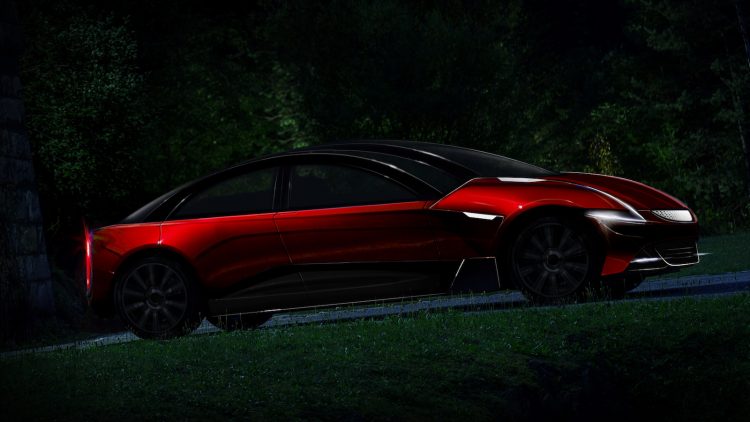
Here we have aimed to create a fusion dish combining Aussie muscle car attributes with futuristic elements, such as self-driving, electrification and modern construction methods.
Thus we present the 2025 SMJ Albatross, Eviscerator and Echelon. A collaboration between this author and automotive designer Naish Chapman, the idea is that this hypothetical car can be made with as much local materials and resources as possible.
We’re bringing back a new Australian car to cheer on at V8 Supercars, a platform for tuners to bring to Summernats and a new rig that would look right at home at the Deniliquin Ute Muster. Let’s dive in.
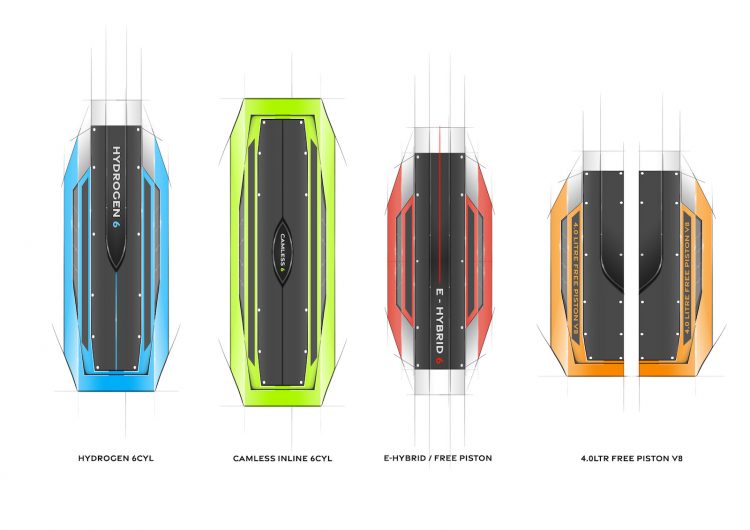 The Platform
The Platform
In this day and age, electrification is an essential part of any new car platform. The SMJ platform can accommodate up to 150kWh in batteries – competitive with the Lucid Air or Tesla Model S Plaid.
By 2024, Bloomberg forecasts battery costs to plummet to $100USD/kWh (AU$125), meaning a 60kWh pack would amount to $7500 of the vehicle cost. Therefore, we believe a 60kWh car with a range of around 450km could be feasible for $35,000. Electric models would capitalise on Australia’s vast lithium reserves, while providing an avenue for research.
Although the world is moving towards full electrification, with many countries phasing out internal combustion by the 2030s, fossil fuel propulsion still has a part to play until then. Emissions requirements are becoming oppressive for the conventional motor, but recent developments mean every last drop of efficiency can be squeezed out before it becomes extinct.

With packaging focused on electric drivetrains, ICE-equipped models would have to occupy a much smaller portion of the car than normal. To get around this, the SMJ engine and transmission are packaged east-west, as in a front-wheel drive car, but a transfer case diverts drive to the rear wheels via a prop shaft.
This layout means there is no need for a space-consuming transmission hump in the floorpan. Another benefit of this is cab-forward proportions that mimic the world’s best mid-engined hypercars.
In order to spin off as many derivatives as possible, panels and parts sharing would be essential – with Volkswagen’s MQB and Toyota’s TNGA mooted as benchmarks. Operative words here are modular, best-practice and adaptable, depending on scale.
Automation would play a key role, with this platform serving as a hub for local self-driving research. The main arterial roads of Australia such as the Hume, WA’s Great Northern Highway and the Pacific Highway of NSW would be uploaded into the car’s brain, before self-learning its way into our urban centres.
For low volume production, a lean manufacturing method such as iStream could be employed. As higher volumes come on song, a full-scale factory would be needed, potentially requiring massive investment.
Carbon fibre structural members would be utilised in higher-grade models, for firewall reinforcement, cross-members, subframes and roof structure. It’s worth noting that Australia continued advanced carbon-fibre development long after we stopped making cars here.
ADR certification would not present much of an issue with volumes of 100-1000, but investment in advanced safety systems would be required as build numbers approach mass-production.
The width and form factor of Falcon and Commodore is maintained with the sedan shown here, albeit with a shorter dash-to-axle ratio and superior packaging.

The Best Interior in the world?
There has been a lot of competition for this title. Namely, the MBUX Hyperscreen Mercedes-Benz recently teased, but we think we have come up with a contender here.
This interior, visualised by the BnB design team, imagines Transcal premium materials, offering the best textures and materials from a homegrown company.
Go to your local RSL or sports club and you’ll be mesmerised by state-of-the-art poker machines with giant, cascading screens. Since a lot of these are made in Western Sydney (albeit using some imported parts), it’s not inconceivable that an interior with screens of this magnitude could be built right here.
In autonomous mode, occupants are treated to a visual massage, with live streaming of The Great Barrier Reef and satellite feeds from space. Other tranquil, 8K backgrounds can be selected too, depending on mood.
Powertrains
All vehicles would be available as mild-hybrid, range extender and full EV. Additionally, all models would come with the ability to be plugged in. Every car is available as full electric or with an advanced combustion engine.
A fully electric version of every model is paramount in today’s world. These would use a number of different battery pack sizes, depending on grade (60kWh, 80kWh, 150kWh). Many don’t know we actually came pretty close to an Australian EV last decade, so it would be nice to reignite this idea. Being mined locally, the minerals required for batteries would enjoy lower logistical supply chain costs.
We believe sixes and eights can still play a role in this new world – they just have to be optimised to within an inch of their lives. In a hybrid vehicle, an ICE engine only needs to be on a portion of the time. A V8 that only works a quarter of the time will only have a quarter of the emissions and fuel usage. The role it plays would be determined by legislation and it could be supplemented with a commensurate amount of battery technology.
Since we are heading towards the end of days for combustion engines (UK in 2030, India in 2030, Germany and France by 2040), we are ensuring these engines have the best possible valvetrain technology to keep the ‘heart’ of the car alive for as long as possible.
The pursuit of thermal efficiency has given rise to engine developments such as Mazda’s Skyactiv-X, to name one example. One technology that really intrigues us is Koenigsegg’s Freevalve, as seen on the upcoming Germera. It does away with camshafts altogether, for the most precise, individual valve control. It is so sophisticated it required a breakthrough in AI computing.
Camless technology is employed in this exercise for the purpose of getting the most possible power and efficiency. A 2.0-litre inline-six and 4.0-litre V8 are selected for this purpose, all naturally aspirated for purity of sound and response.
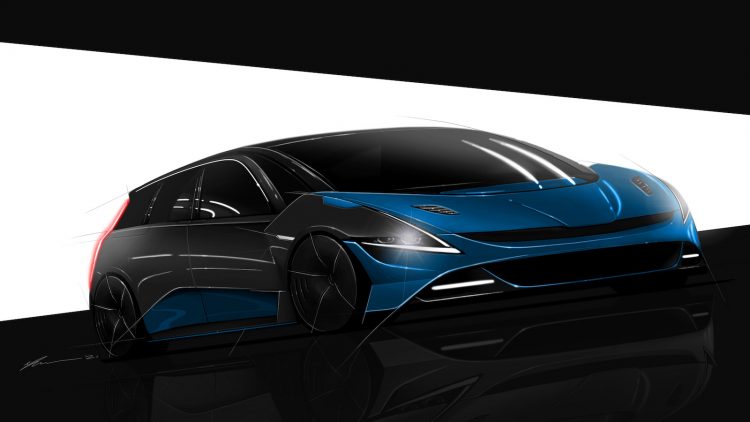
For the six, outputs of 200kW and 290Nm are proposed thanks to advances in valvetrain technology. A 4.0-litre V8 ups the ante considerably to 400kW and beyond.
The mild-hybrid system consists of a small motor between the engine and gearbox, as well as a battery pack. Nothing groundbreaking about this but it would be a bare minimum to meet emissions and consumer expectations.
Another idea we are toying with here is an advanced range extender system, similar in philosophy to Nissan’s e-Power technology, with a major difference. For this application, the inline-six does away with its crankshaft, generating current as a piston-mounted magnet moves up and down a coil-wound combustion chamber.
Pressurised air is routed to the bottom of the chamber to propel the piston back to top dead centre at the end of each combustion cycle. The idea of a floating piston engine is not new but an inline-six configuration, where revs rise and fall with your right foot, is.
Beyond 2030, hydrogen may be a viable source to keep the engine alive. Most manufacturers gave up on hydrogen combustion engines in favour of fuel cells. To see why, compare the power output of the 2005 E65 BMW Hydrogen 7 with its petrol-powered counterpart. Outputs dropped from 327kW and 600Nm to 190kW and 390Nm – 41 per cent less power and 35 per cent less torque. These losses could be offset by way of turbocharging, boosted further still by electrification.
If funding is not able to be found to stretch to a new engine, battery technology shortcuts could be taken – Tesla and Toyota have open patents on their hybrid and battery tech, for example.
Ultimately the market will dictate whether the sentimentality of suck, squeeze, bang, blow endures. Otherwise, a full EV range will prevail into the 2030s.
Transmissions
While EVs can get by with few, if any gears, the combustion-engined derivatives have another ace up their sleeves. A 12-speed automatic transmission or a 12-speed manual. If the latter makes your arm tired just reading it, fear not. It is just a conventional six-speed manual with a secondary gearset, giving twelve effective ratios, at the pull of a switch.
In our opinion, manual drivers should not miss out on any autonomous functionality, taking away one of the main reasons for low take-up rate (aside from most drivers only learning auto these days).
The electric motor could move the car along in traffic, with all self-driving and autonomous systems operating as they would in the automatic.
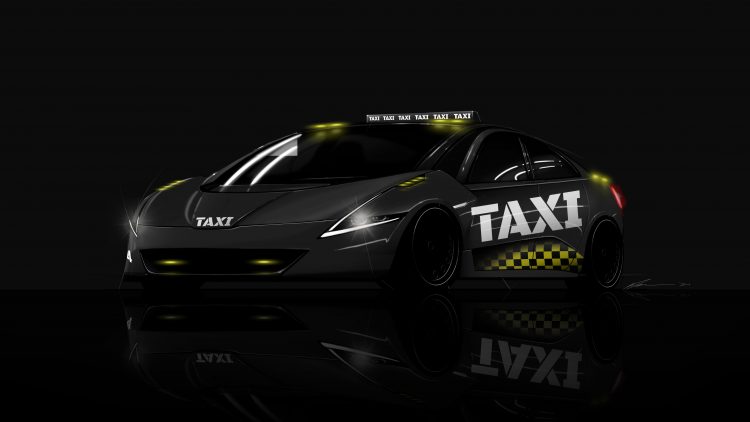
2025 SMJ Albatross
The bread-and-butter of the range, Albatross is an affordable entry-point suitable for police and taxi fleets as well as private buyers with its captivating design. As an entry point, the Albatross is all about volume, durability and practicality.
The spirit of the AU Falcon is conjured here – robust longevity, and ease of maintenance, with suspension and engine components designed to last 1,000,000km with minimal maintenance.
The Albatross comprises high-strength steel construction, but would meet all regulatory requirements with a 360-degree camera array and well-tuned safety systems. Suspension is simple McPherson Strut at the front with a live rear axle at the rear. Baulk if you will, but this setup can be made to handle quite well and has fewer moving parts to last for the aforementioned goal of 1,000,000km.
SPECS
| Engine | 2.0-litre camless L6, 200kW/300Nm, 7000rpm redline, 48V ISG PHEV + 150kW axial flux motor, 10kWh battery packEV: 200kW axial flux motor, 60kWh battery pack |
| Transmission | 12-speed automatic, eCVT (PHEV) |
| Weight | 1490kg – 1700kg (EV) |
| L/100km, range | 4.9L/100km, 450km (EV) |
| Price | $35,000 – $42,000 |
0-100km/h: 6.8 seconds (L6), 7.0 sec (EV)
Top Speed: 200km/h (limited)
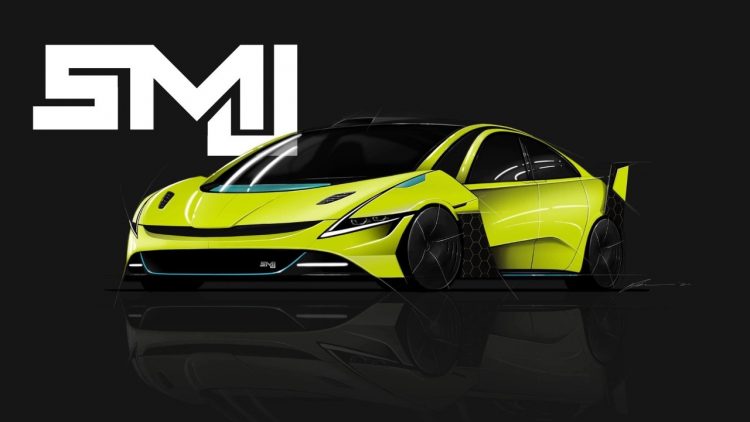
2025 SMJ Eviscerator
Winding the aggression and performance up to 11, the Eviscerator continues the tradition of aggressive Aussie sport sedans with eye-searing colours and wild body additions. Carbon-fibre adorns the structure and exterior. A manual version would be available too, but with an electric motor to handle heavy traffic duties.
Aluminium, racing-derived suspension produced with 3D-printing and generative AI technology gives it the best handling potential possible.
The manual version aims to infuse the joys of raw, analog driving with the most up-to-date technology in perfect harmony.
SPECS
| Engine | 2.0-litre camless L6, 9,000rpm redline, 260kW/360Nm
Hydrogen: 2.0 camelss L6 turbo, 210kW, 350Nm 4.0-litre camless free-piston V8, 400kW/600Nm (PHEV) EV: 800kW AWD electric motors, 150kWh battery pack |
| Transmission | 12-speed automatic or 12-speed manual, 4 speed planetary gearset, eCVT (EV) |
| Weight | 1350kg -1900kg |
| L/100km, range | 5.1L/100km (auto) 6.0L/10km (manual) 1000km range (EV) |
| Price | $70,000 — $110,000 |
0-100km/h: 4.9 seconds (L6), 2.2 sec (EV), 3.5 sec (V8), 5.7 sec (Hydrogen)
Top Speed: 300km/h
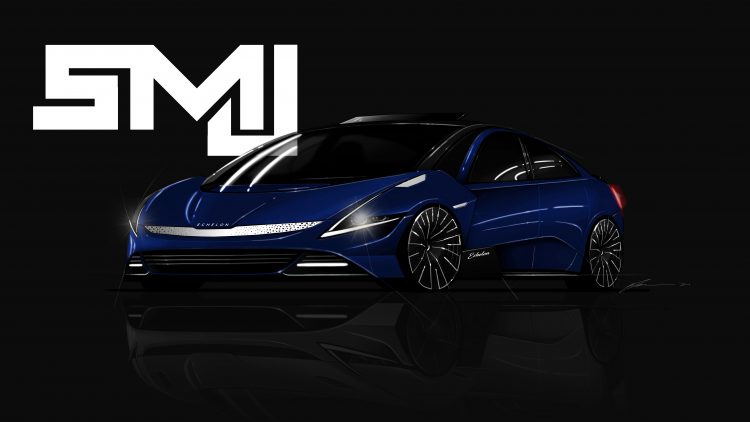
2025 SMJ Echelon
Like the Eviscerator, this is not a semi-luxury car like Calais or Fairmont Ghia were – this is a far more ambitious moonshot, aimed at tempting a cross-section of buyers as diverse as Tesla Model S and Maserati Ghibli. Tourbillon clocks and the finest quality materials position the Echelon as one of the world’s best luxury cars and a disruptive force in a familiar-looking prestige market.
Ghost-gum woodgrain and air suspension are other appointments which aim to give the Echelon a world-beating confidence with uniquely Australian flair.
SPECS
| Engine | Range-extended PHEV: 2.0-litre free-piston L6,
190kW, 220Nm |
| Transmission | 4-speed planetary gearset, eCVT |
| Weight | 1550kg – 2050kg |
| L/100km, range | 2.0L/100km (PHEV), 950km (EV) |
| Price | $90,000 – $140,000 |
Return of the Aussie Ute
No new Aussie car range would be complete without a ute – it was invented here, after all.
Buying preferences have shifted to dual-cab, 4×4 style utilities such as Ford Ranger and Toyota HiLux. The dual-cab SMJ ute pictured here aims to combine car-like sportiness and styling with the attributes pickup customers love. Petrol and electric drivetrains would be available, with a best-in-class 4-tonne towing capacity to grab attention.
Mining businesses and construction contracts would be aggressively targeted to make sure this a viable business case for a long time.
We’ve also included a single cab, Maloo-style sports ute, because, well, it would be rude not to.
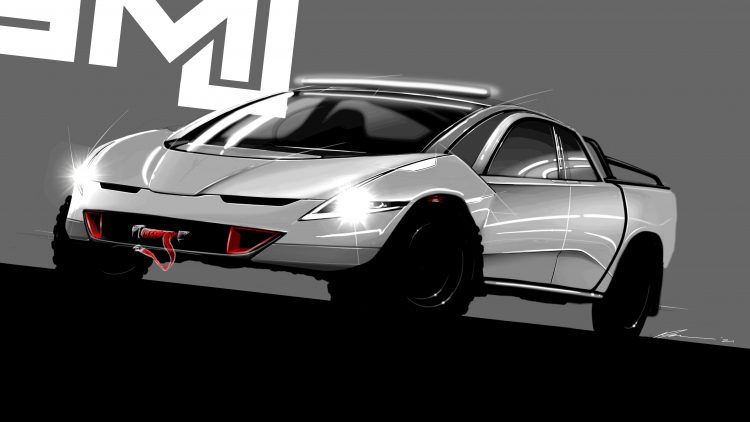
SUV
The harsh reality of today’s market is that if you don’t have an SUV in your lineup, then you’re not in with a fighting chance to capture a meaningful slice. Here Naish’s vision maintains a lot of the panels used on the sedan range to save costs. Ford’s Territory was lauded for sharing parts and platform with the Falcon. This takes that idea to another level.
Key to its success would be the ability to cover small, medium and large segments, with five and seven seat options across the board. Maximum space utilisation and practicality would mark this out as a true Aussie innovation.
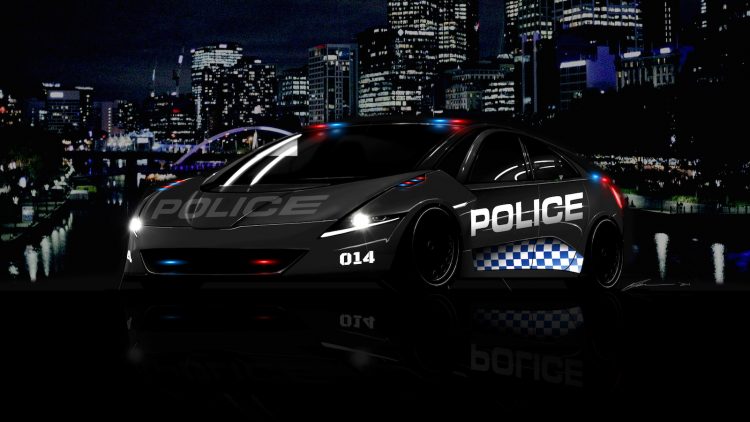
A locally-made police car again?
Every BMW 535d or Chrysler 300 SRT police car is a moving reminder that we used to make our own police cars. Surely we could make one that costs less than a Beemer?
The durable Albatross serves as an inexpensive and robust platform for a freeway chaser, but the Eviscerator donates its engine and suspension package to ensure the baddies can’t get away.
A Homegrown Hero to cheer on at Bathurst Again
While the Falcon and Commodore clung on after their respective cancellation in the market, we need another local to get us excited about racing again.
A racing version of the Eviscerator can be compatible with the control chassis used in V8 Supercars, as well as an electric-only racing series. What’s more, the dual-cab ute would fulfil the SuperUtes’ side of things.
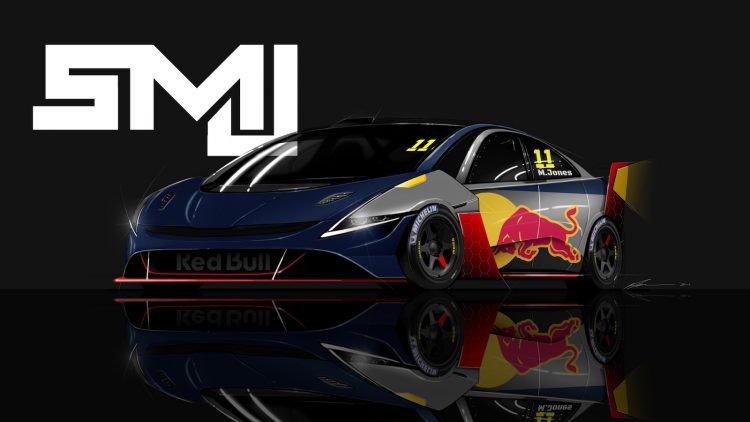
Make Australia Make Again
In 1998, a consortium led by the CSIRO developed the aXcess Australia concept. It was a very ambitious vehicle, illustrating what Australian engineers were capable of at the time.
A synergy of this kind would help bring this lofty vision to reality. A dream team of ANCAP, CSIRO and several engineering firms would give this car world-beating credentials.
It would help fast-track hurdles such as crash testing, ESP calibration to make development less expensive and not a billion dollar affair like the VE Commodore of 2006.
A guaranteed, captive market would be in place if the government were to reinstate local-only policy for police, government fleet. Incentives for buying locally made would also help.
Obviously, economic stimulus measures would be most helpful – with caveats applied to ensure it stood on its own two feet after one round of funding. Failing that, it would all be down to the private sector to make it happen on this scale.
The Opportunity
It would be great to see a local car again, made using our abundant local resources. Although Australian engineers were famous for producing fantastic cars on a shoestring budget, the idea this project is large in scope and would require a lot more to implement as a whole.
Blue-sky optimism,? Definitely, but Australians have historically been renowned for that and it has sparked some of our greatest innovations.
Having a functional car industry would create thousands of jobs and put Australia at the pinnacle of automotive development, where it belongs. It would send a message that we are back, better than ever.
A huge thank you to Naish Chapman for bringing this dream to life.

